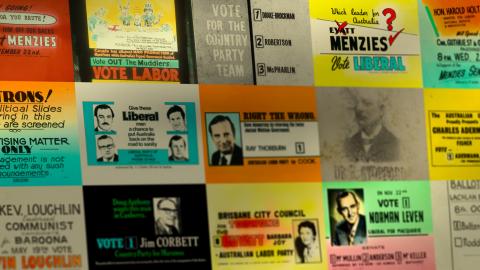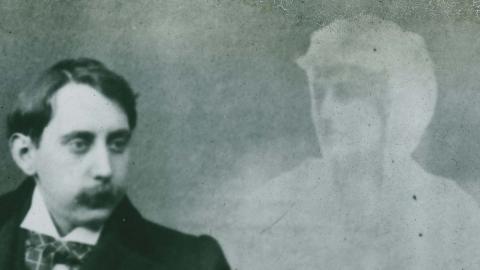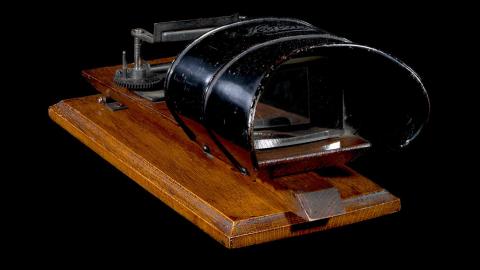
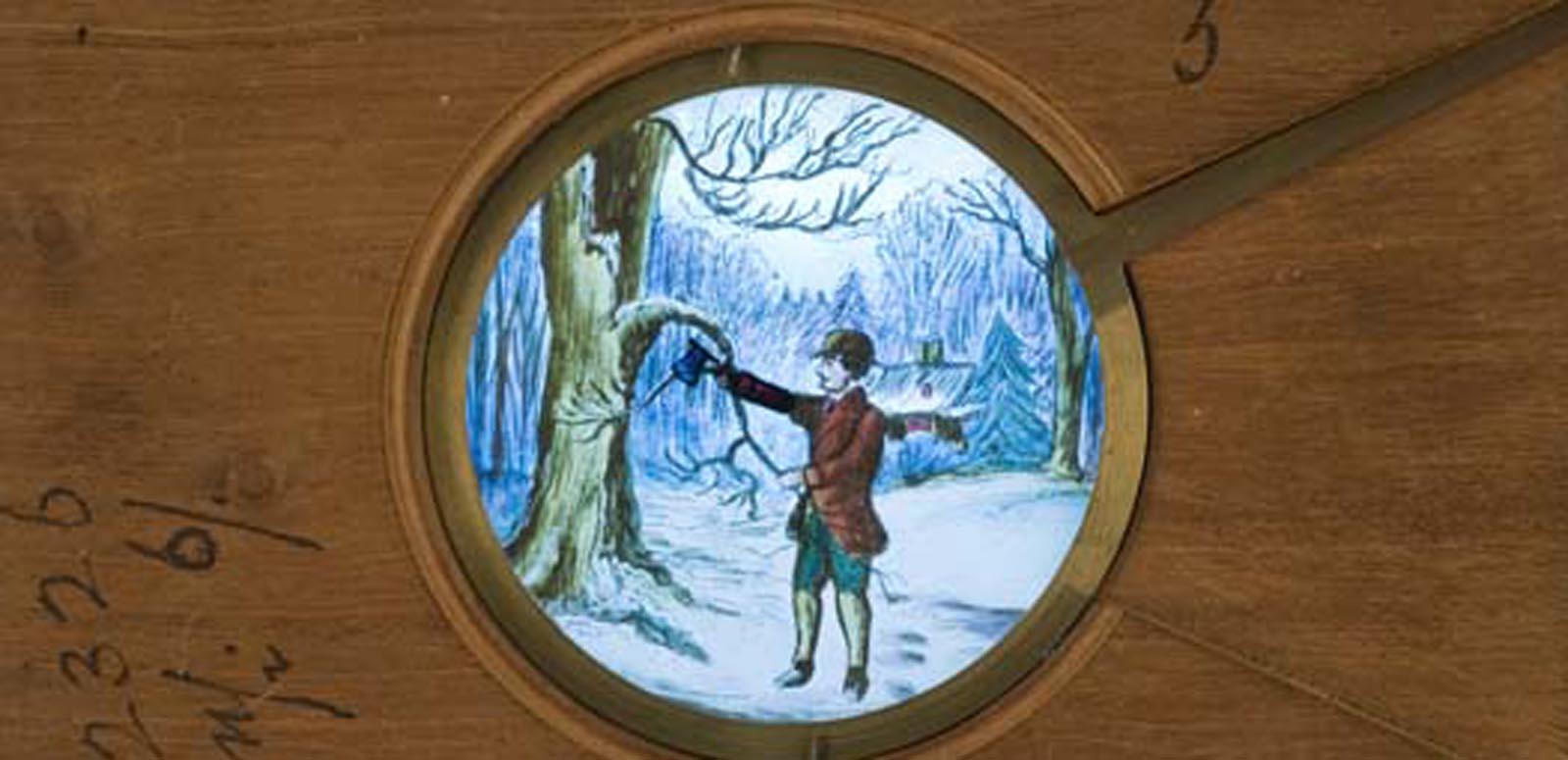
The magic of glass
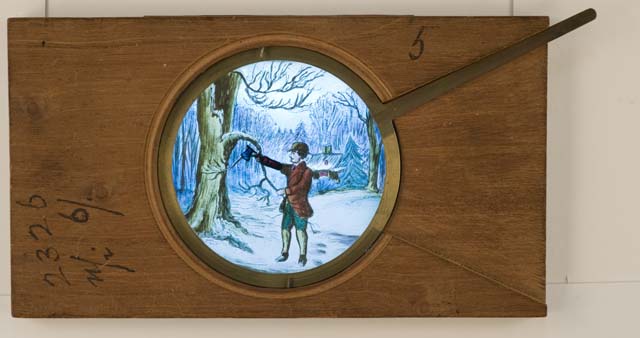
As a curator at the NFSA, one of my roles is to develop the pre-cinema collection of magic lantern glass slides and related artefacts.
As an artist, I have worked with glass for more than 20 years. So when I first saw the collection of mechanical glass slides in the vaults of the NFSA, I was struck by their beauty and simplicity, their clear links to film and animation, and the even older link to the craft-form I had chosen for myself.
I felt teleported into their imaginary world, with their charming characters and scenes, like a child watching cartoons for the first time.
The magic lantern is now recognised as the ancestor to the film projector, and is therefore a key artefact that links static images with animated ones. A magic lantern is a projection device which works much like a digital projector today, in that it projects images onto a wall. It emerged out of experimentations with glass lenses that also led to the invention of the compound microscope (1595) and the refracting telescope (1606).
Magic lanterns entertained, educated and enthralled all who witnessed the elusive, transparent, animated images on screen. When projected, the slides were operated by the skilful hand of the lantern projectionist, who at the pull of a lever or the turn of a handle could make audiences roar with laughter. The subject matter on the slide is often funny and action-packed: a man grows an enormous nose, falls off a horse, or chases a pig; a rabbit pops out of the pie just before it is eaten.
This short film explores key points in the history of the magic lantern and the special effects invented to create animation. I hope it can give audiences today, who are saturated by moving screen images, a glimpse of the magic lantern experience as it was seen by viewers over a century ago.
Lanterna Magica: A Pageant of Illusions (2014), a short film featuring authentic pre-cinema items from the NFSA collection.
This blog post is an excerpt from an essay originally published in the catalogue for the Glassimations exhibition at Deakin University Art Gallery, 6 June to 14 July 2012.
The National Film and Sound Archive of Australia acknowledges Australia’s Aboriginal and Torres Strait Islander peoples as the Traditional Custodians of the land on which we work and live and gives respect to their Elders both past and present.
